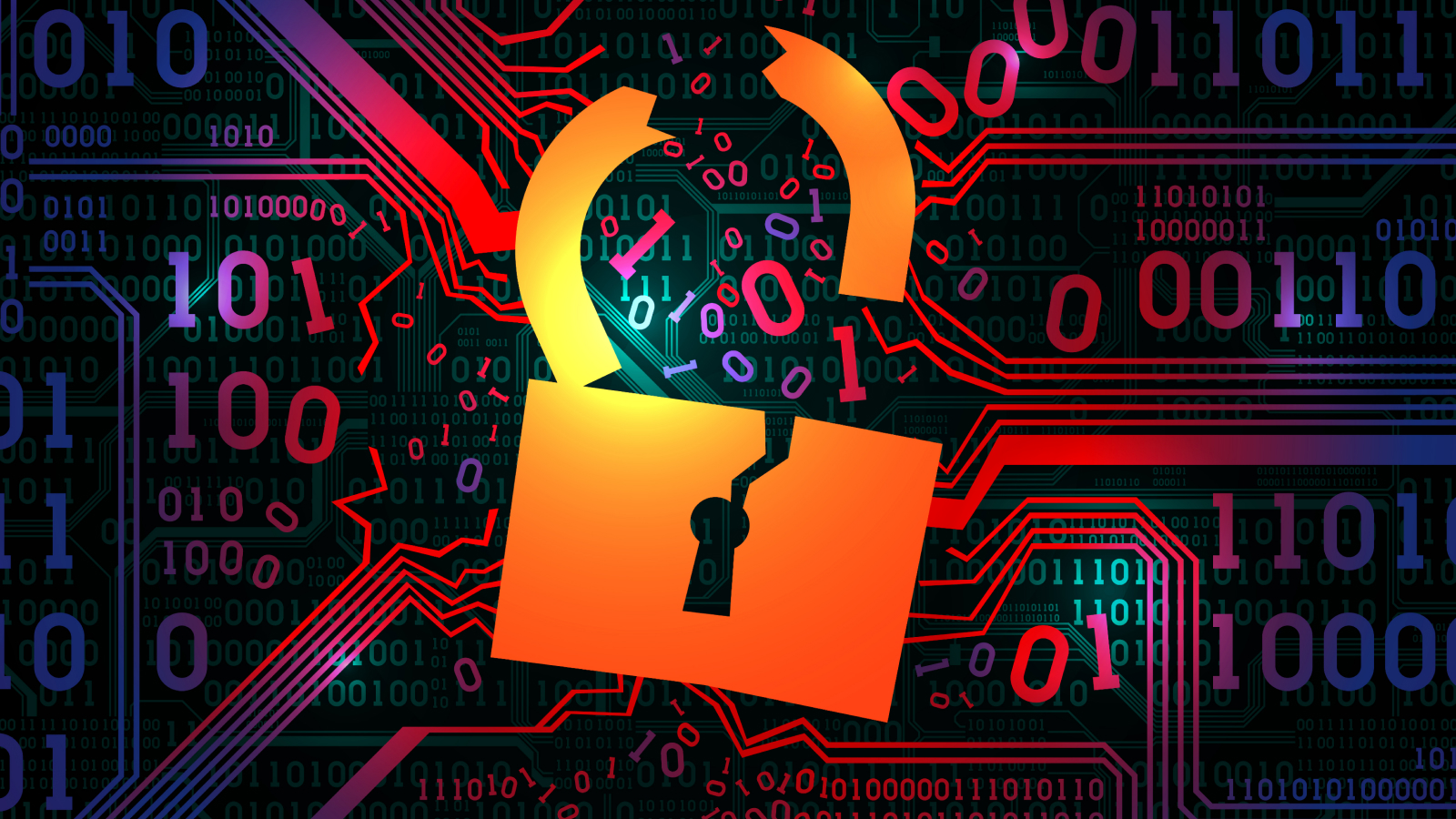Quantum Hacking: The Next Big Threat to Encryption- The internet as we know it is built on trust — trust that the encryption protecting our messages, bank accounts, and digital assets is unbreakable. For decades, this trust has held because classical computers cannot solve certain mathematical problems fast enough to crack modern encryption. But the rise of quantum computing is changing the game entirely. Suddenly, algorithms that once took thousands of years to break could be solved in a matter of minutes. This looming reality has given rise to the concept of quantum hacking — the potential for future quantum computers to compromise today’s encryption systems.
While this might sound like science fiction, the threat is real. Security experts warn that encrypted data captured today could be stored and decrypted years later once quantum computers reach sufficient power. This “harvest now, decrypt later” scenario makes even today’s sensitive communications vulnerable in the future.
Why Quantum Computers Are a Threat to Encryption
Most encryption methods in use today — like RSA or elliptic curve cryptography — rely on the difficulty of solving very complex mathematical problems. Classical computers struggle with these tasks, which is why your online banking information or encrypted emails feel safe.
Quantum computers, however, are fundamentally different. They use quantum bits, or qubits, which can exist in multiple states at once. This property, called superposition, allows quantum computers to process enormous amounts of data simultaneously. Using algorithms specifically designed for quantum systems, such as Shor’s algorithm, a sufficiently advanced quantum computer could factor large numbers or solve discrete logarithms exponentially faster than any classical machine. In short, encryption that we trust today could be cracked tomorrow.
The “Harvest Now, Decrypt Later” Problem
Even if quantum computers capable of breaking encryption are still years away, the threat begins now. Cybercriminals or state actors could intercept encrypted communications today, store them securely, and wait until quantum computers are powerful enough to decode them.
This makes long-lived secrets, such as government communications, financial records, or intellectual property, particularly vulnerable. Organizations must understand that the risk is not immediate in the form of a sudden hack, but cumulative — the longer sensitive data remains encrypted under vulnerable algorithms, the greater the potential exposure when quantum computers arrive.
Preparing for the Quantum Threat
Fortunately, researchers and cybersecurity experts are not sitting idle. The field of post-quantum cryptography (PQC) is emerging to create algorithms resistant to quantum attacks. These new algorithms are designed so that even a quantum computer would struggle to break them.
For businesses and individuals, preparation is key. Steps to mitigate quantum hacking risks include:
-
Assess Your Data: Identify which data is most sensitive and likely to remain valuable long-term.
-
Plan a Migration: Transition systems to quantum-resistant algorithms as they become available.
-
Pilot Quantum-Safe Solutions: Test new encryption methods in non-critical systems to ensure compatibility and performance.
-
Layer Your Security: Continue using strong classical encryption, multi-factor authentication, and network security practices to maintain defense in depth.
-
Monitor Progress: Stay informed about advances in quantum computing and emerging standards in post-quantum cryptography.
Challenges in Transitioning to Quantum-Resistant Systems
Switching to quantum-safe encryption is not a simple task. Many existing systems and applications were built around classical cryptographic methods, and rewriting or updating them requires careful planning. Compatibility, performance, and interoperability must all be considered. Additionally, organizations need to prioritize which systems or data streams require immediate migration, balancing risk with cost and operational complexity.
Realistic Timelines
Quantum computers capable of breaking classical encryption are not here yet. Predictions vary, with some experts suggesting that fully functional, error-corrected quantum computers could arrive within a decade or more. However, given the risk of long-term data exposure, planning must start today. The earlier organizations adopt post-quantum practices, the smoother and less costly the transition will be.
Why This Matters to Everyone
Quantum hacking may seem like a technical issue for governments, banks, or tech companies, but its implications touch everyone. From your personal email and cloud storage to your financial transactions and healthcare records, sensitive information could be at risk if left protected only by classical encryption. Planning for the quantum future is not just about avoiding cyberattacks; it’s about maintaining trust in digital systems that underpin modern life.
The Bottom Line
Quantum hacking represents a real, inevitable shift in cybersecurity risk. While quantum computers capable of cracking current encryption may still be years away, the data captured today could be vulnerable tomorrow. Organizations and individuals alike must act now, adopting post-quantum cryptography, planning for secure transitions, and staying informed about advances in the field.
The digital world is evolving, and encryption is no longer a static shield. Preparing for the age of quantum computing is not just prudent — it’s essential to protect the information, systems, and trust that the modern internet relies upon.
The Only Floating National Park on Earth Is in India — And It’s Breathtaking | Maya


/https://blogs-images.forbes.com/thumbnails/blog_5922/pt_5922_389_o.jpg?t=1543572005)

